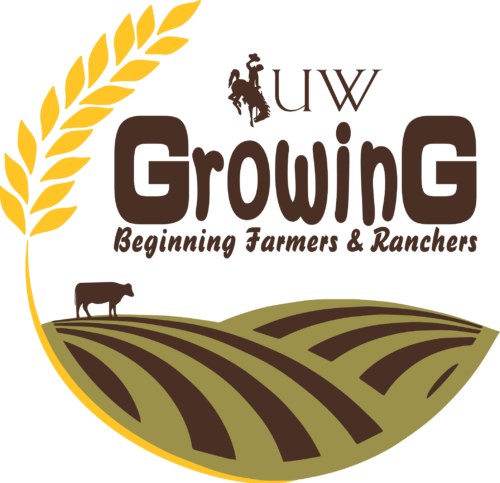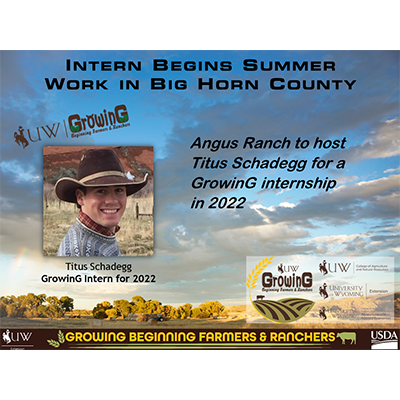Fencing and Public Lands
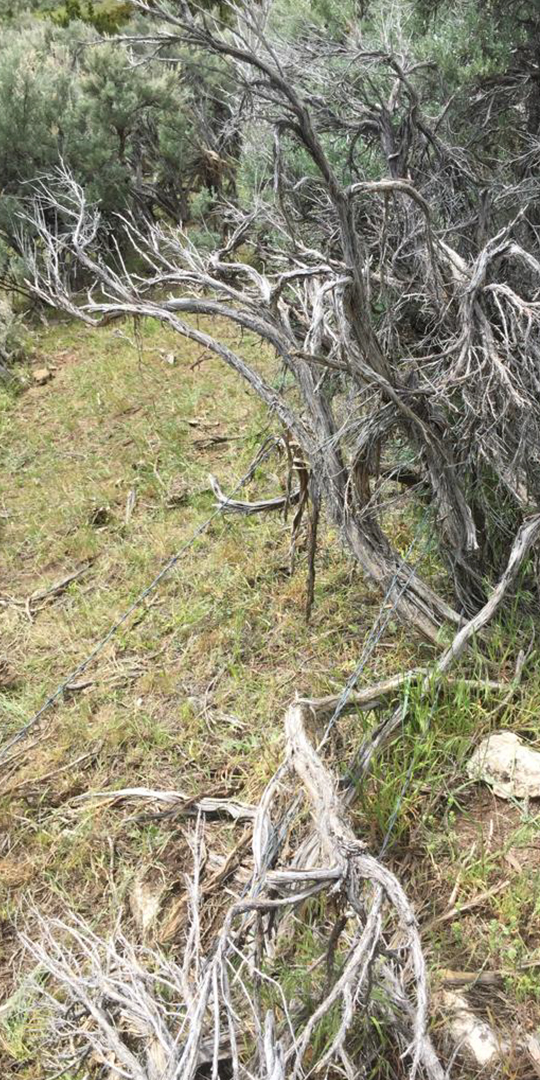
#bfrdpwy #aginternship #RightRisk
At the beginning of this past week, I walked the fence line along the first BLM pasture that the cattle are going to be in for this summer. While walking, I stapled up wires, as well as spliced and stretched ones that needed it.
I noticed how much the sage brush and tree growth inflict damage to the fence; I was also informed that many of the down and broken wires are due to wildlife, not as a result of cattle [damage].
This experience gave me a better perspective of what ranchers who run cattle on public grounds have to deal with on an annual basis, seeing that much of the damage on the fences takes place outside of their control.

Getting to view the time and effort required to maintain these fences helped me understand the struggle of keeping cattle contained in the proper pasture for the allotted time.
While I understand the logistics of trying to maintain a fence line, my question is: would it be worth it for government agencies and producers to put their time and money into developing virtual fencing, so that it would be cost-effective and reliable for ranchers. I learned about the beginnings of virtual fencing being used on ranches at the UW Ranch Management and Agriculture Leadership Seminar this past Spring.
I plan on learning how to build quality H-braces, as well as learning more about how wildlife interact with fences and effective ways of keeping fences clear of brush and trees.
I am highly interested in learning how virtual fencing could potentially change the way cattle are managed on BLM and Forest Service land.
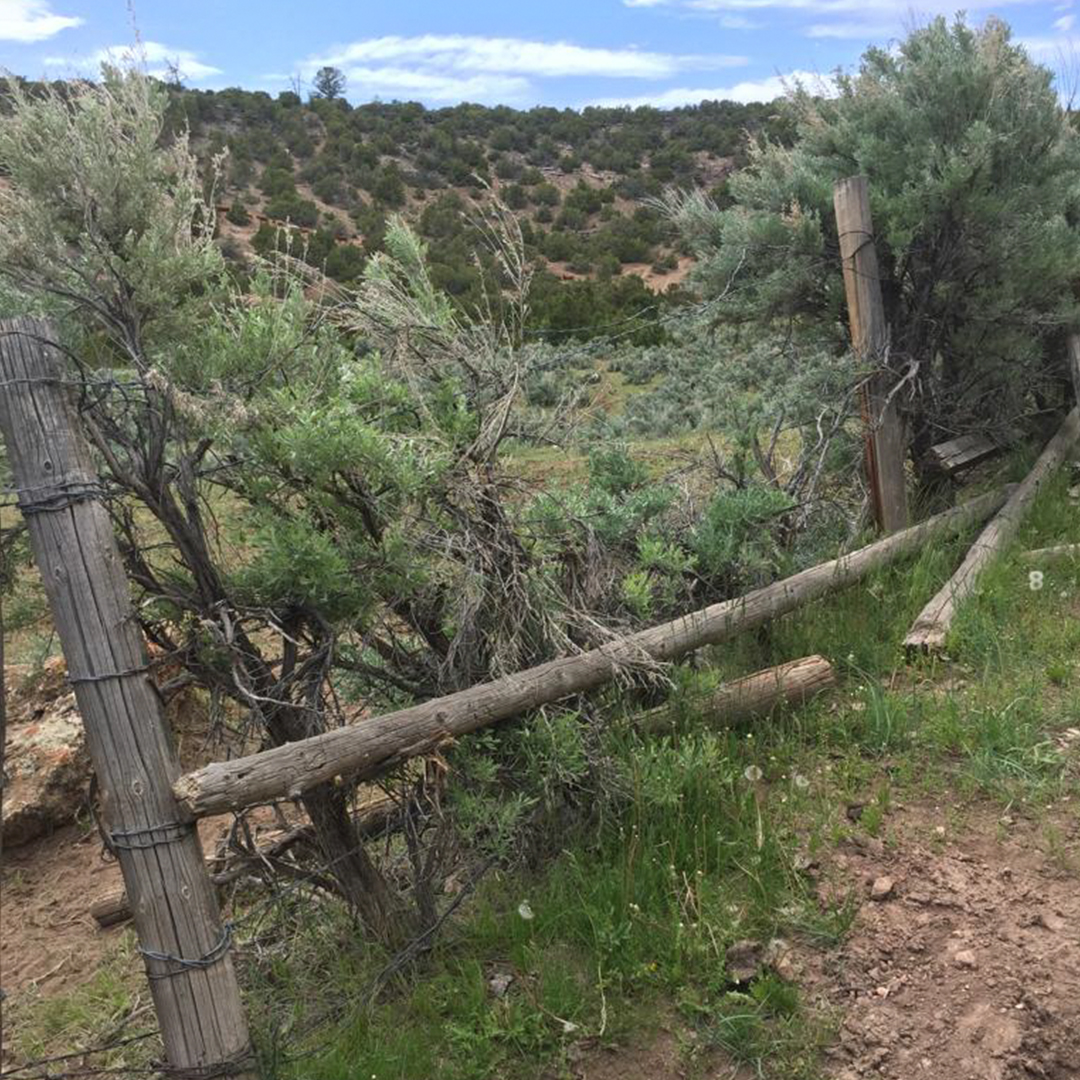
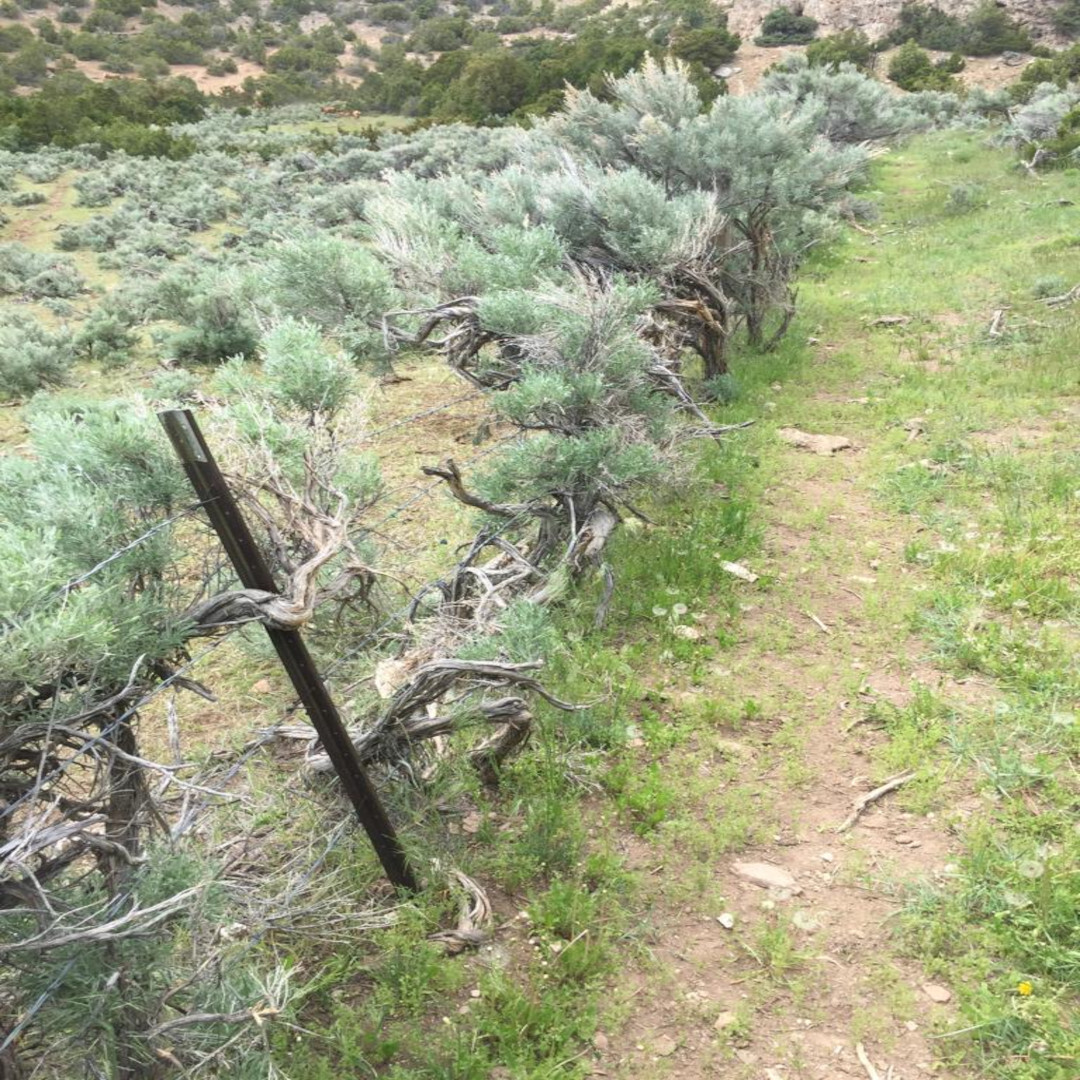
Submitted by: Titus Schadegg
Edited by: GrowinG Internship Team
